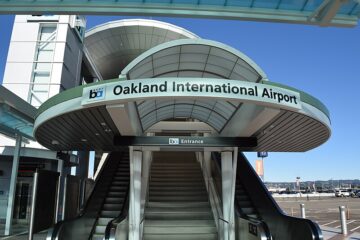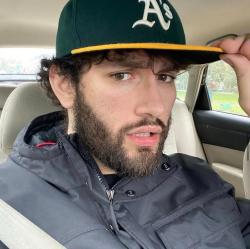Fix Inequality or Get Robbed? The Connection Between Crime and Poverty
The ‘90s are back, and I don’t mean that in a good way. While every one of us is somewhat guilty of being nostalgic for the days when Green Day made good music or when Chumbwamba was getting knocked down only to triumphantly get back up again, I guarantee we weren’t hoping for the return of skyrocketing homicide rates or robberies, but that’s exactly what we’re getting and there is a reason for that: poverty and inequality.
During the 1990s, crime peaked around ‘92 and then began to decrease precipitously. You’re probably asking yourself why am I bringing up the ‘90s in an article about crime today, and I assure you that there is a reason.
When you think of the ‘80s, at least in terms of an increase in criminality, do think of street gangs or do you think of Ronald Reagan? If you’re smart, it should be the latter.
Crime doesn’t just happen. Certain conditions have to exist for a sustained period in order for there to be an increase. When you think of the ‘80s, at least in terms of an increase in criminality, do think of street gangs or do you think of Ronald Reagan? If you’re smart, it should be the latter.
During the ‘80s Ronald Reagan became the President of the United States. He had a calming voice and a simple message: government is bad. Which is a strange thing for a man trying to become the most powerful person in our government to say, but it worked. And when Ronald Reagan got into office, he did everything he could to cut taxes on the rich, eliminate regulatory oversight reigning in corporate America and eliminate government services for the poor. The most vulnerable in our society became desperate. Crack cocaine found its way to American cities and crime began to increase.
They suffered 42 homicides with a population of only 24,000 people. That is a per capita rate of 175 homicides per 100k residents.
This trend was nationwide, and the Bay Area wasn’t spared this burden. According to FBI data, during the peak in 1992, East Palo Alto, a Bay Area city, in Silicon Valley no less, still holds the highest homicide rate ever recorded by the bureau. They suffered 42 homicides with a population of only 24,000 people. That is a per capita rate of 175 homicides per 100k residents. Oakland’s homicide rate also reached its all-time peak that year with 175 slayings and a per capita of 46 per 100k residents, according to the Los Angeles Times. EPA had a homicide rate that made ‘Chiraq’ look like Walnut Creek.
The COVID-19 pandemic and other external political factors have mirrored many of the elements that made crime spike in the ‘80s and the ‘90s.
Donald Trump pursued similar policies as Reagan, with similar results, leading to further income inequality. Donald Trump was followed by Biden, who, like Clinton that followed Reagan and Bush Sr., is a right-wing Democrat, who, despite toned down mannerisms and inclusive rhetoric, extended many of Trump’s policies. This is similar to the way Clinton continued Reagan’s when he took office in 1992 at the height of the crime surge, which is similar to the way Biden ousted Trump at the height of the pandemic.
Another connection, as a result of government underfunding, was a social safety net ill-equipped to deal with the demand of its population. The poverty in the slums of America in the 80s and the 90s was worsened by the state’s unwillingness to help them. No matter how many kids got shot, or businesses left these communities, the support they received was limited. This is similar to the restraint the government showed when the pandemic caused businesses to fire millions of Americans and all we received were stimulus checks that couldn’t even cover a month of rent for the average resident, at least here in the Bay Area. And while people did receive unemployment, many did not because of a long and inconvenient bureaucracy.
Not to mention, racial tensions in America flared during the 80s and 90s similar to how they have today. George Floyd is the macro contemporary of Rodney King. And remember Mark Furhman from the OJ Simpson trial, you know the guy who went into grizzly detail on tape about how much he and the Los Angeles Police Department enjoyed torturing black suspects? He’s now a regular on Fox News as a forensic and crime scene analysis expert.
Do you see where I’m going with this?
To understand the present, and to prepare for the future, we must first understand the past and examine it to see if there are any similarities to today that can be altered to produce more favorable outcomes.
Crime is rising, just like it did before, not just in the Bay Area or California, but nationwide. For example, Portland, Oregon’s largest city that doubles as a rent refugee camp for Bay Area artists is also experiencing its highest homicide rate in the city’s history. Portland has roughly 650k residents and averages around 20-30 homicides a year. They’ve passed 70 so far in 2021.
So what am I trying to say?
Fix it or increase the likelihood of becoming a victim. Taxation is always worse at gunpoint.
But what do I know? I make fucking memes.










